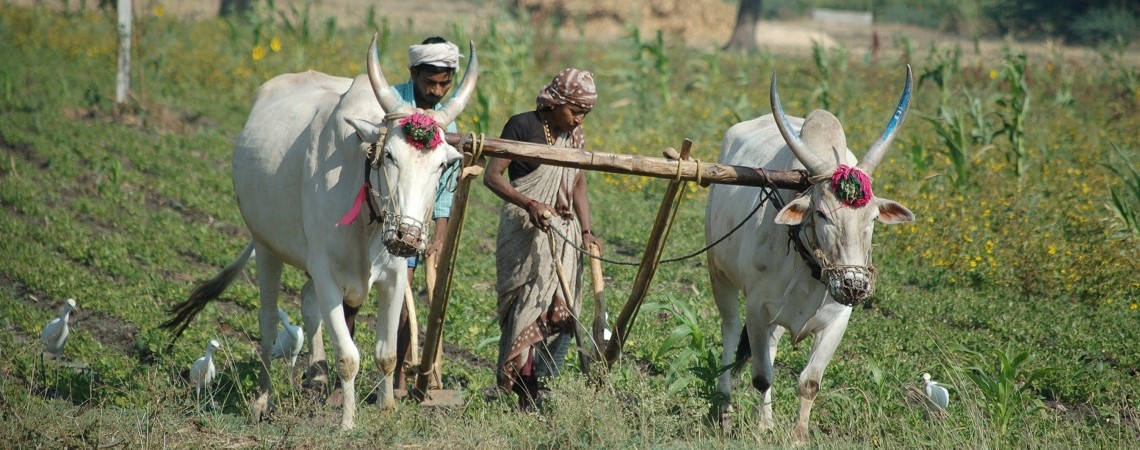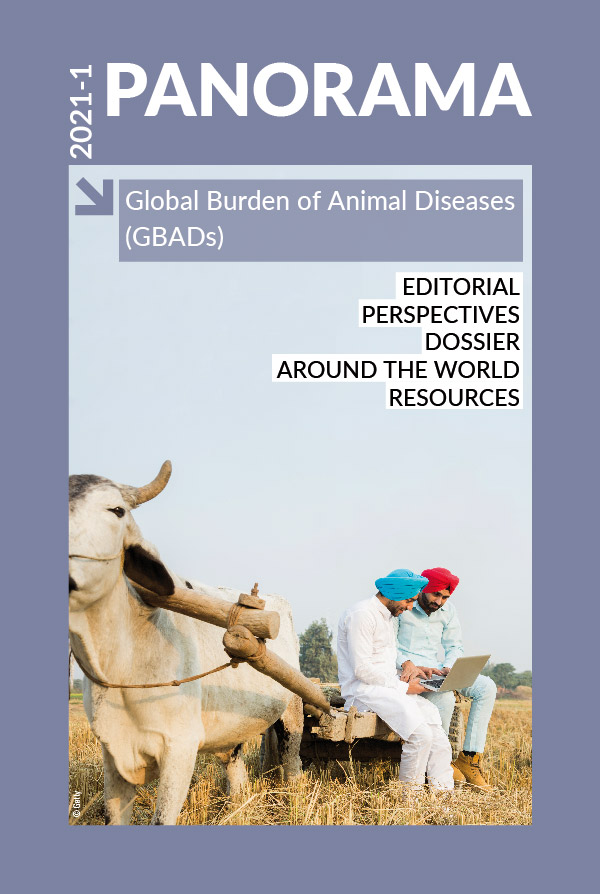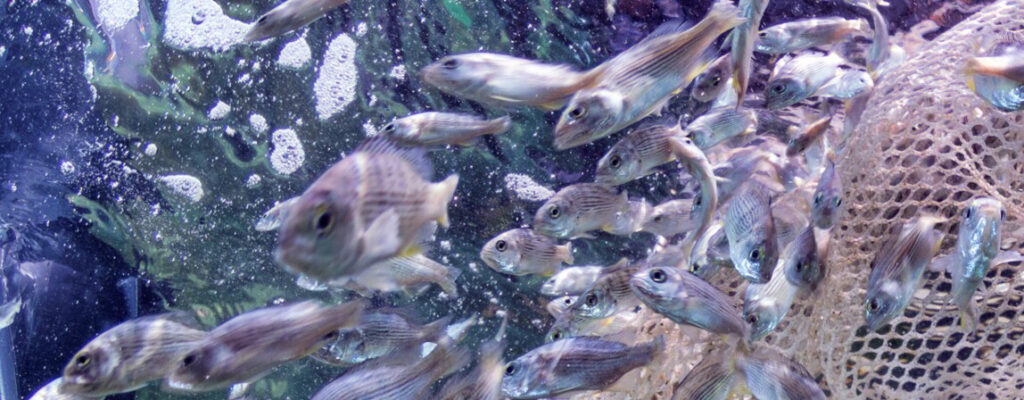Keywords
Authors
K. Sumption (1)* & J.-P. Dop (2)
(1) Chief Veterinary Officer, Animal Health Service, Animal Production and Health Division, Food and Agriculture Organization of the United Nations (FAO).
(2) Deputy Director General Institutional Affairs and Regional Activities, World Organisation for Animal Health (OIE).
* Corresponding author: CVO@fao.org
The designations and denominations employed and the presentation of the material in this article do not imply the expression of any opinion whatsoever on the part of the OIE or FAO concerning the legal status of any country, territory, city or area or of its authorities, or concerning the delimitation of its frontiers and boundaries.
The views expressed in this article are solely the responsibility of the authors. The mention of specific companies or products of manufacturers, whether or not these have been patented, does not imply that these have been endorsed or recommended by the OIE or FAO in preference to others of a similar nature that are not mentioned.
These frameworks have played a significant role in developing global and regional strategies and coordinated efforts to promote and sustain national actions against global threats (foot and mouth disease, peste des petits ruminants, rinderpest, African swine fever), which have been prioritised because of their major impacts on the economy and livelihoods, and against additional diseases that have been prioritised by regional GF–TADS Committees. Regarding ‘One Health’, the Tripartite has led the international effort to address antimicrobial resistance (AMR), and priority zoonotic diseases including rabies, avian influenza and tuberculosis are addressed in both frameworks according to the extent of animal health service involvement in their management.
A key issue constraining investment in disease management is the paucity of data on the impact of animal disease upon efficiency of livestock production and food systems, and on associated outcomes of human nutrition, food security, livelihoods and human health (considering nutrition as well as zoonotic infections and AMR). The FAO collects data on production, inputs and outputs of agricultural systems from 245 territories which, together with the disease information collected by the OIE and the human health information provided by WHO, provide a level of evidence on disease distribution. The data have the potential to provide indicators of value, but progress with estimating burdens of disease, and returns on investment in control measures, could be transformative to improved priority setting by national public and private sectors as well as regional economic communities and financial institutions.
Priorities for FAO and the OIE under GF–TADS are to support improved decision-making on priorities for investments at regional and national levels, and to influence and leverage increased attention to animal disease based on better understanding of its role in economic and social development. Better understanding in this area will also assist understanding of how reduced disease could reduce livestock’s environmental impact, and stimulate investment in animal health as part of the effort to mitigate global warming. Initiatives such as the Global Burden of Animal Diseases (GBADs) programme could be instrumental in this.
________________________________________
(1) GF‑TADs: Global Framework for the Progressive Control of Transboundary Animal Diseases is a joint initiative of the OIE and FAO that endeavours to empower global and regional alliances in the fight against Transboundary Animal Diseases (TADs), to provide for capacity building and to assist in establishing programmes for the specific control of certain TADs based on global and regional priorities.
https://doi.org/10.20506/bull.2021.1.3253












